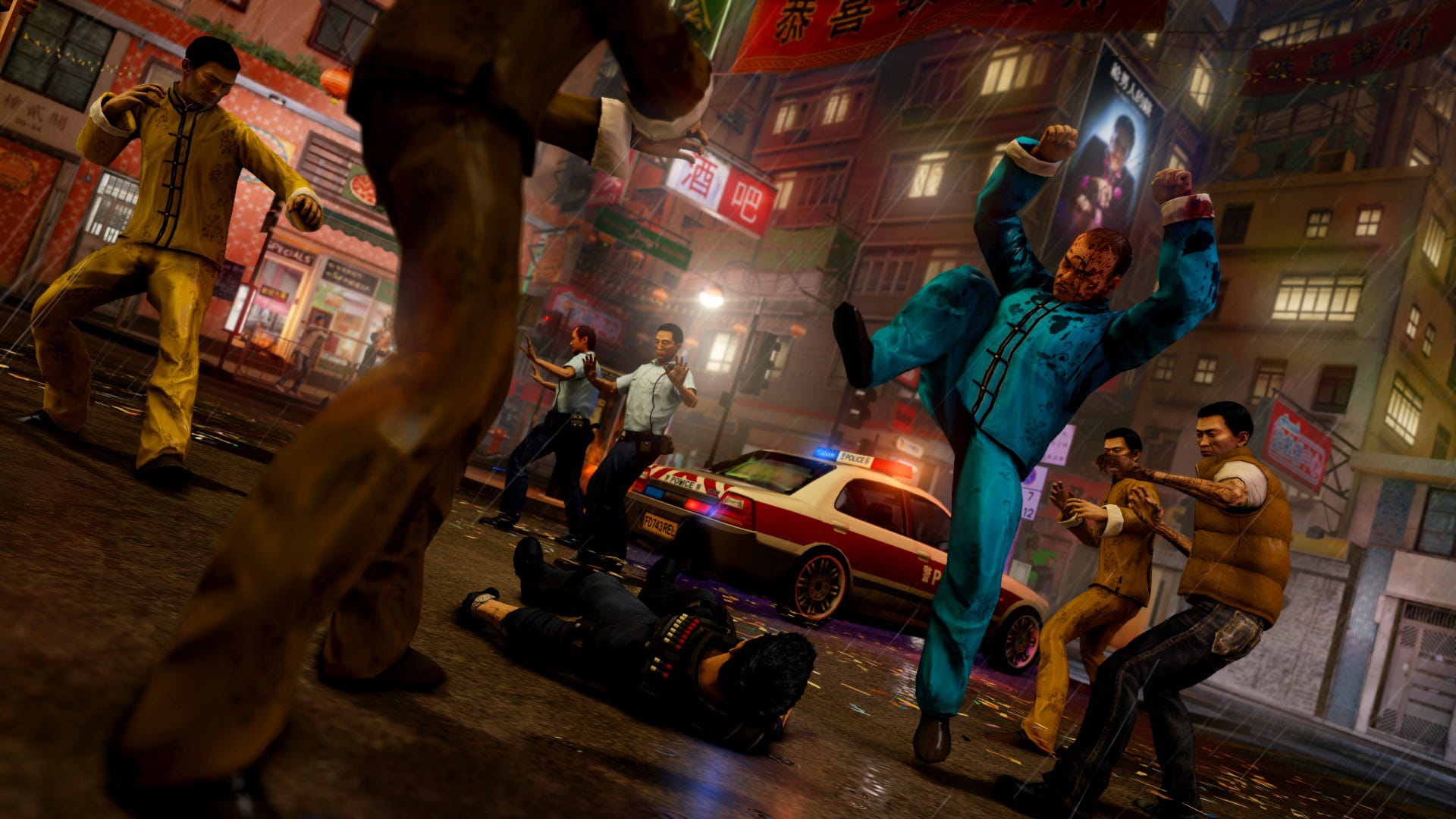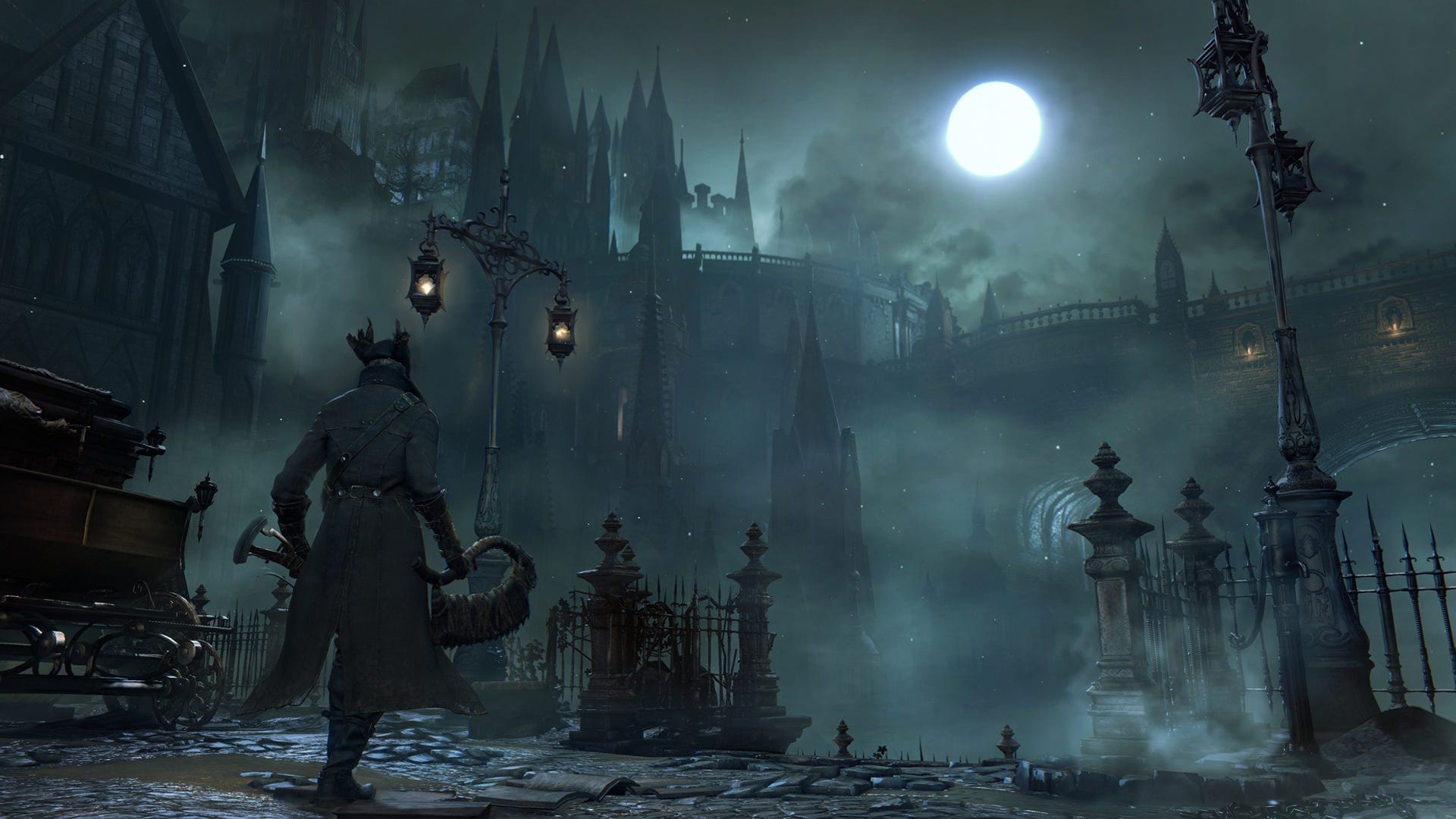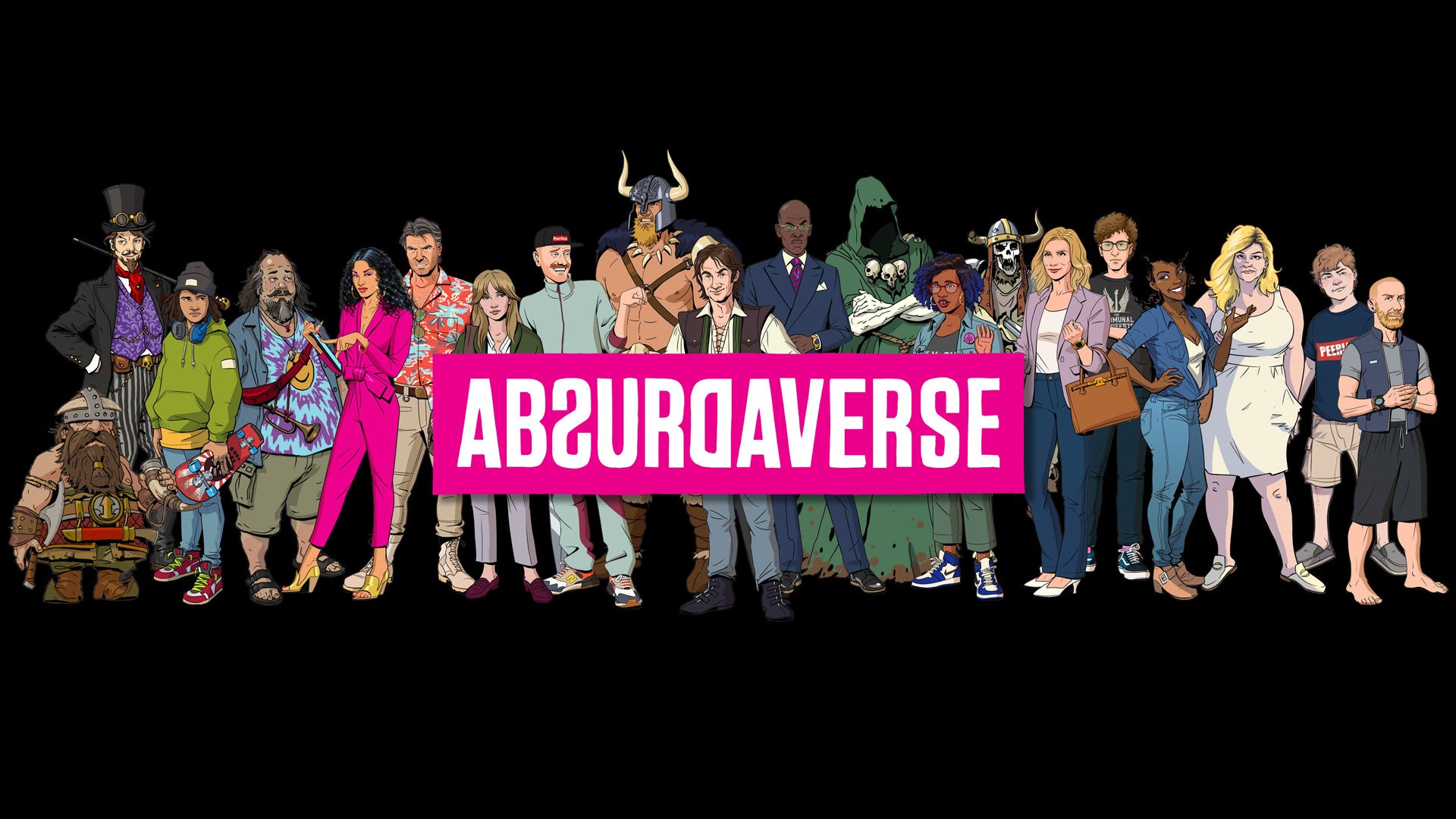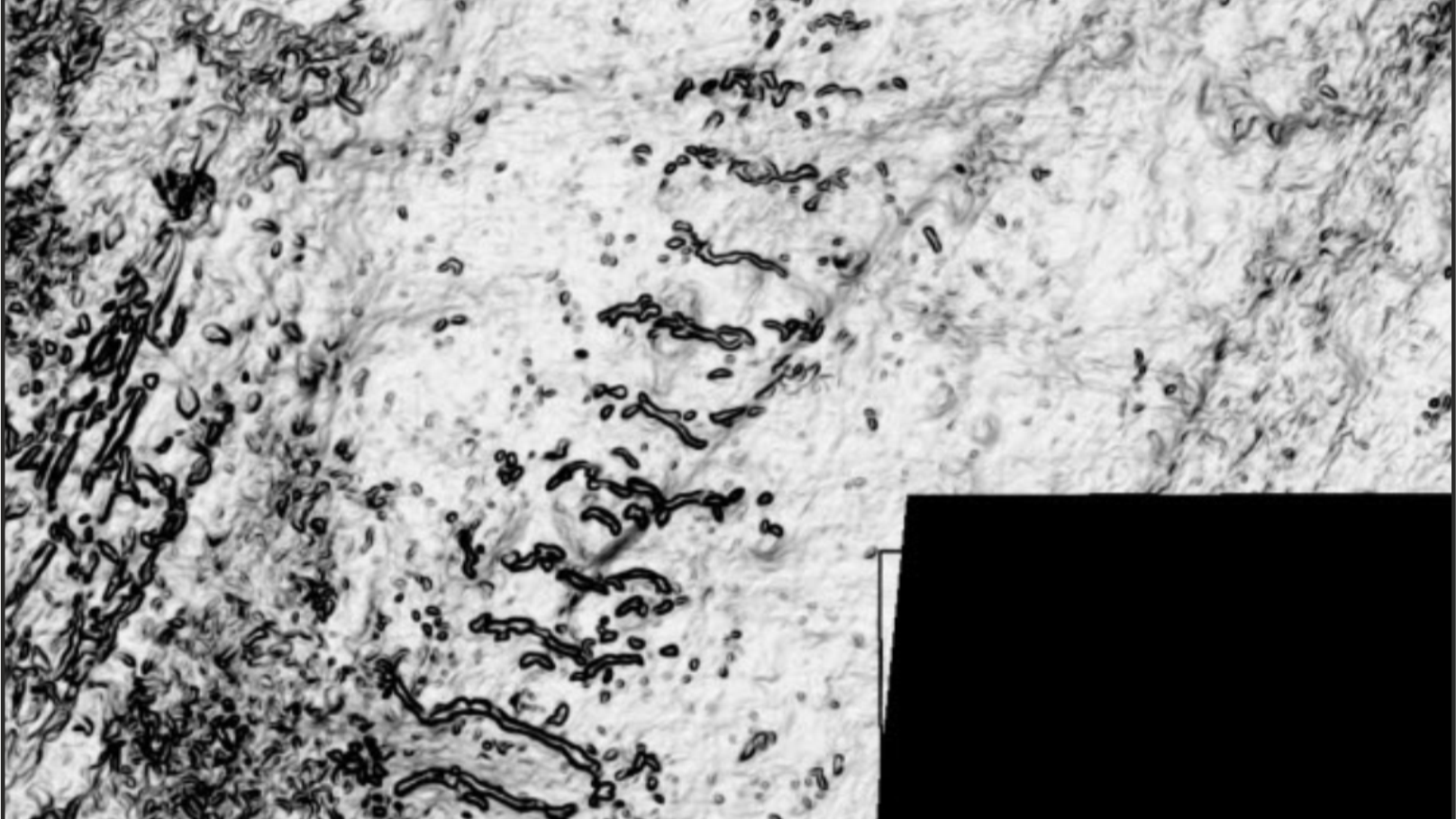Kaneto Shindô’s ‘Onibaba’ Finds Humanity in a Demon Hag
Of all the female archetypes in narrative fiction, few are as reviled or misunderstood as the crone. This woman “of a certain age” has accumulated an arsenal of invaluable wisdom, but due to her age and fading conventional beauty, finds herself ostracized by the larger world. Often isolated, we think of crones inhabiting dilapidated huts […] The post Kaneto Shindô’s ‘Onibaba’ Finds Humanity in a Demon Hag appeared first on Bloody Disgusting!.

Of all the female archetypes in narrative fiction, few are as reviled or misunderstood as the crone. This woman “of a certain age” has accumulated an arsenal of invaluable wisdom, but due to her age and fading conventional beauty, finds herself ostracized by the larger world. Often isolated, we think of crones inhabiting dilapidated huts on the outskirts of town conversing only with young strangers who seek out their counsel for insurmountable tasks. These visitors usually leave just as quickly as they came, shuddering at the thought of her solitary existence.
Though she’s often presented as a horrific harbinger or cautionary tale, the crone is still a human being, just as capable of complex emotions and desires as her younger counterparts. Sixty years before The Substance and Babygirl explored modern iterations of this misunderstood archetype, Kaneto Shindô imbued the crone with humanity in his 1964 film Onibaba. When men intrude on her simplistic life, The titular “demon hag” struggles to find her identity in a patriarchal system with no interest in an aging crone.
Set in 14th century Japan, Onibaba follows two peasant women without names of their own. Kichi’s Mother (Nobuko Otowa) and Kichi’s Wife (Jitsuko Yoshimura) live together in a hut surrounded by suzuki grass while waiting for their shared relation to return from war. To make ends meet, they’ve eked out a meager existence by stealing from passing soldiers then tossing their bodies down a deep hole in the earth. Following a successful kill and transaction, their neighbor Hachi (Kei Satô) returns from war with news of Kichi’s death. The soldier’s mother is devastated by this revelation and fears that the reestablishment of a patriarchal system will threaten her safety in the miniscule community.
Perhaps predictably, Hachi’s eyes wander to the new widow and he begins to lure Kichi’s Wife to his own nearby hut. Kichi’s Mother tries to warn her daughter-in-law away from this crass man, but notices the young woman sneaking out after dark. Determined to maintain her empowered lifestyle, Kichi’s Mother dons a traditional hannya mask and embodies the folkloric Onibaba (demon hag) to scare Kichi’s Wife away from temptation. By day, she convinces her that sleeping with Hachi is sinful and will surely incur spiritual punishment. But Hachi will not be deterred from sexual gratification and insists on moving Kichi’s Wife into his own hut. Resigned to her fate, Kichi’s Mother finds that her deception has been corrosive and the dreaded mask is now fused to her face.

Though civil war ravages the country leaving food and resources scarce, Kichi’s Wife and Mother survive by exploiting a patriarchal system and preying on men. Each time they kill a roving soldier, they strip him of his valuables then sell them to a local vendor named Ushi (Taiji Tonoyama). Though the unpleasant man hurls insults at Kichi’s Mother—when not offering to pay her for sex—the older woman seems relatively respected in the tiny community and does not hesitate to respond with honesty to Ushi’s casual cruelty. But Hachi’s return jeopardizes this hard-won authority. Not only does he insert himself into their deadly trade, he takes over negotiations with Ushi and replaces Kichi’s Mother as their unofficial leader. Three mouths to feed means their food will be further divided and Kichi’s Mother wonders how long it will be before Hachi tries to cut her out of the equation.
In addition to this pragmatic danger, Hachi’s return creates a more emotional problem. With Kichi dead, his wife has no more connection to her mother-in-law and no reason to help her ambush soldiers. Her offer of protection pales in comparison to a single man in need of a wife. Worried about the affair, Kichi’s Mother tries to seduce Hachi, only to be rebuffed by the condescending man. He has no interest in the older woman and likely sees her as a challenge to his patriarchal authority. Failing to establish a new sort of family system, Kichi’s Mother begs the man to leave the field. She insists that with her son now dead, her daughter-in-law’s departure will leave her destitute and alone. But her pleas fall on deaf ears as Hachi offers to take the young woman as his wife.

Desperate to preserve her way of life, Kichi’s Mother turns to a hannya mask stolen from a marauding samurai. Each night, she dons the mask and waits in the tall grass, scaring the younger woman back into her home. Dating back to Japanese Noh theater, this mask depicts a female demon driven by jealousy and rage. Once young and beautiful, she was abandoned by her lover and now wanders the earth seeking to torment those who cause her pain. While initially cathartic, wearing this powerful mask sparks dangerous power. Each time she puts on the rageful face, negative emotions seep further into her skin. As the relationship between woman and mask grows, it becomes more and more difficult to return to human form. The namanari represents a more moderate connection to this vengeful demon while the chūnari approaches the point of no return. Once a woman has worn the mask for extensive time, she becomes honnari and finds herself damned to wander the earth as a demon hag forever.
In addition to this traditional figure, Shindô’s film was inspired by the Buddhist parable in which a mother-in-law uses this iconic mask to scare her daughter away from the temple. Frustrated that she is not helping with housework, the older woman poses as a demon in order to scare her daughter-in-law into submission. But she eventually finds the mask impossible to remove and must beg the Buddha for mercy and relief. Buddha grants her frantic prayer, but the woman’s skin peels off along with the mask. She can no longer separate her human persona from the demon she embodied to control someone else.
This hellish fate befalls Kichi’s Mother as well. After wearing the mask in a rainstorm, the grieving mother realizes that her devious plan has backfired. She cannot separate the two young lovers and the mask has become permanently affixed to her face. When Kichi’s Wife returns, she has no choice but to confess her deception and beg for forgiveness. The younger woman agrees to help remove the horrific mask, but only on the condition that Kichi’s Mother let her live a life of her own. As the blood begins to flow, both women pull and tug at the mask until Kichi’s Wife eventually smashes it in two with a stone. Once removed, we see that her face has been forever changed. Rather than the smooth and lightly lined skin of an older woman, her face is a mess of blood and gore, an outward manifestation of her manipulative actions.

On closer inspection, Shindô adds pathos to this traditional story. Kichi’s Mother distrusts Hachi and believes the reckless man may have had something to do with the death of her son. Not only does she want to keep Kichi’s Wife by her side, she genuinely worries that Hachi will be a negative influence on the young woman’s life. With her only blood relative gone, she seduces Hachi not for sexual gratification, but to hold onto what little family support remains. Rather than a spurned would-be lover, she’s a pragmatic woman simply trying to survive. In addition to her logistical security, the older woman’s identity hangs in the balance. Defined only by her relationship to another man, Kichi’s Mother fears that if her daughter-in-law becomes Hachi’s Wife, she will lose this treasured identity and her connection to the rest of the world. With no one left to mother, she will become a crone, pushed out of society and left to die alone.
Though painful, removing the mask seems to lift a weight from both women’s shoulders. When Kichi’s Wife sees her mother-in-law’s bloody face, she believes the woman has been punished for her deceit and transformed into a hideous demon. She absolves herself from the “sin” of sleeping with Hachi and recognizes her mother-in-law’s devious manipulation. As the young woman runs screaming into the night, Kichi’s Mother chases behind her insisting that she is still a human being. These cries may serve as literal communication, but they also provide a window into her empowerment. With her fears now out in the open and an understanding between the two women, Kichi’s Mother has released her hold over Kichi’s Wife. Like the chūnari, she may have been corrupted by jealousy and rage, but is not so far gone that she can’t come back. With the mask and its deception gone, she has reclaimed her humanity. Kichi’s Wife has also found empowerment. By insisting on her relationship to Hachi and demanding authority in the household, she has transcended her connection to a man and taken charge of her own future.
This moment of brutal honesty has changed both women for the better and we’re left to hope that they can overcome their frustrations and settle back into a supportive routine. What neither of them know is that while they struggle with the mask, Hachi is murdered by a stranger who wandered into his hut. The catalyst for their quarreling has been removed and they are once again left with only each other. But Shindô ends the film on a note of uncertainty. The younger woman is convinced that her partner in crime has become a demon and leads her straight to the deadly hole. With her face marred by blood, we fear that Kichi’s Mother will fall to her death. However, Shindô allows us to hope that the newly minted crone will find a way to reconnect with herself and her daughter-in-law. The final frame shows Kichi’s Mother leaping triumphantly over the hole while insisting, “I’m not a demon! I’m a human being!” No matter what the future brings, she has shed the shame of her past choices and embraced the humanity within herself.
The post Kaneto Shindô’s ‘Onibaba’ Finds Humanity in a Demon Hag appeared first on Bloody Disgusting!.









![[DEALS] iScanner App: Lifetime Subscription (79% off) & Other Deals Up To 98% Off – Offers End Soon!](https://www.javacodegeeks.com/wp-content/uploads/2012/12/jcg-logo.jpg)

































































